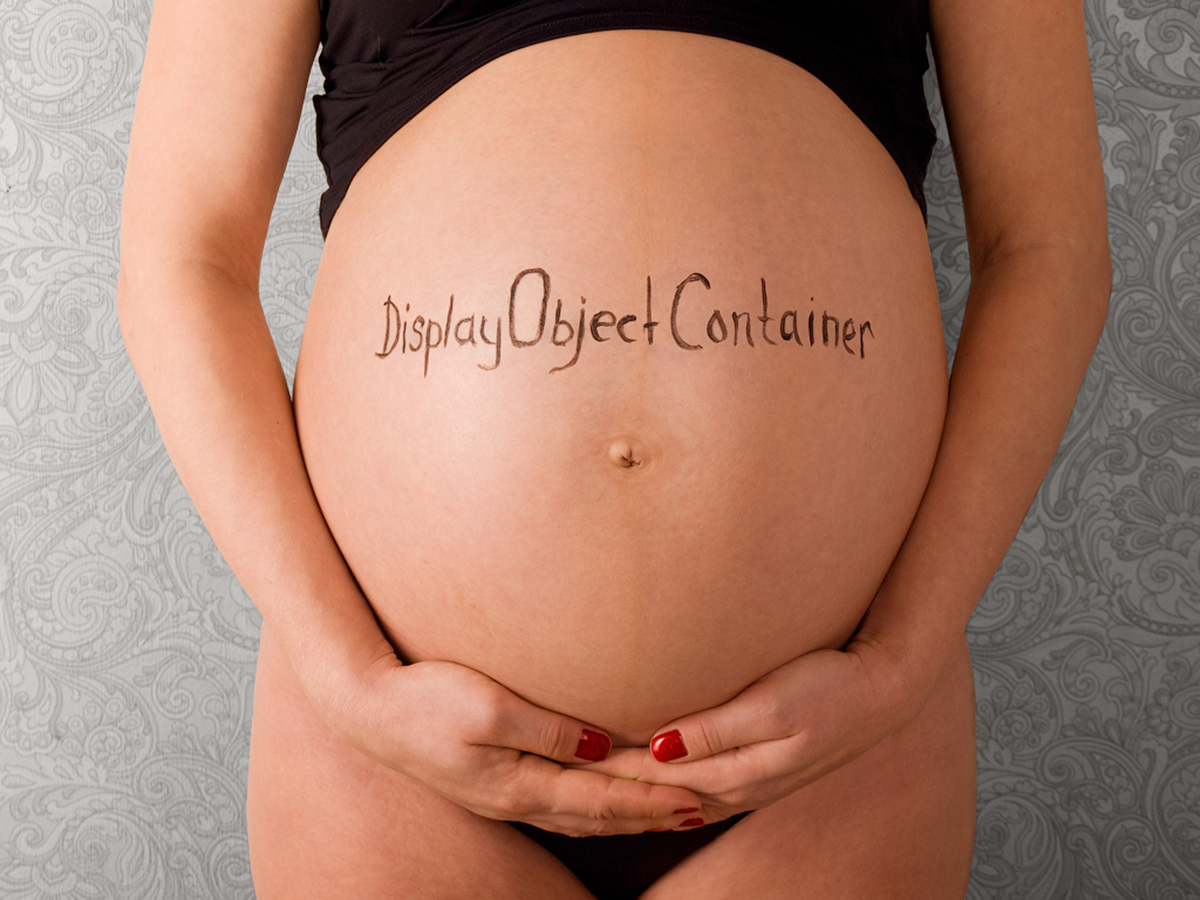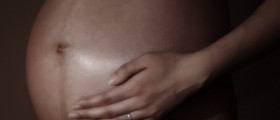
It is a month or so before she is due that a pregnant woman’s body begins to be getting ready for the actual childbirth. There are some signs, however, that are so faint the woman may not acknowledge she is on the verge of giving birth, and it is important that she is aware of them to be prepared for the grand day.
Vaginal Discharge
An increase in vaginal discharge is one of the early signs. This release can change, and from thick and cloudy become clear and watery when a women is about to give childbirth. A yellow tinge may indicate an infection and it is important to contact a health professional straightaway in this case.
Diarrhea and Nausea
Hormonal alterations clean the pregnant woman’s body in order to allow the baby to move down and out of the body. When the womb and cervix soften and expand, the bowels can also experience similar changes, leading to nausea and/or diarrhea. This is usually felt a few days or hours before the childbirth.
Dropping the Baby
As the womb becomes all the more delicate as the delivery-date is nearing, a mother may experience more comfort. This is because the baby moves further down and mother gets to breathe more easily even with the increased pressure on the bladder. This is known as ‘engagement’ and occurs a few hours before going into actual labor.
Cervix Changes
Those are the sure signs of going into labor, as the cervix needs to enlarge during the childbirth, to be able to have the baby pushed out of the uterus. This enlargement can start several days or even months before the childbirth and the cervix also becomes soft. As those alterations are not perceptible, they can be confirmed only by the pregnant woman‘s doctor.
Braxton Hick's Contractions
A woman may feel painless (or mildly unpleasant) contractions weeks before the well-known painful ones and before she goes into labor. Called Braxton Hick's contractions, they are irregular and far less intensive than those during the actual labor and can be eased by changing the position or drinking some water.
Apart from these, a woman may also experience a small loss in her weight (up to three pounds), pain in lower back, uneasiness in legs or surges of energy. Also, perhaps most importantly, she could experience the so-called nesting instinct, which essentially means that the pregnant woman is increasingly ensuring everything is ready for the baby.















Your thoughts on this
Loading...